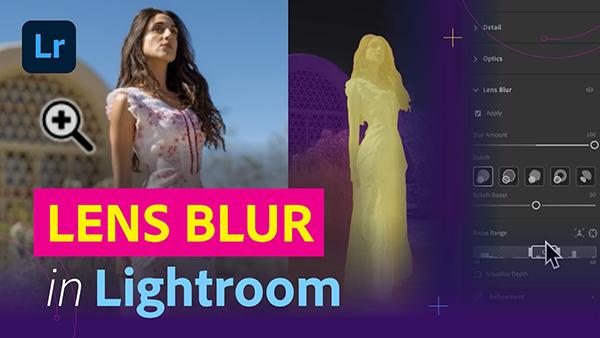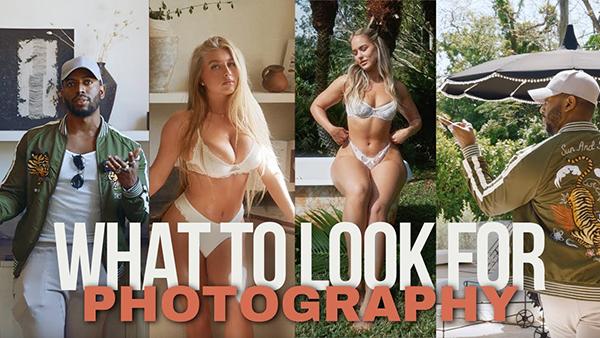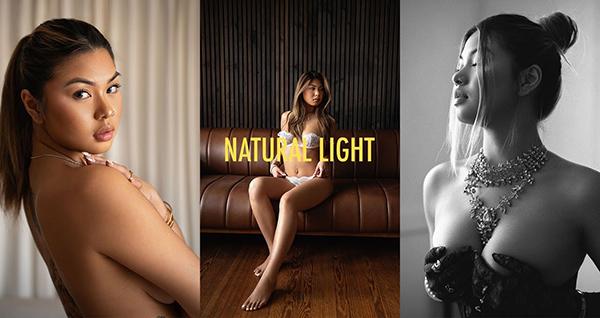Portrait Photography How To
Sort By: Post Date TitlePublish Date
|
Nov 26, 2024 |
|
Oct 28, 2024 |
|
Oct 23, 2024 |
|
Oct 15, 2024 |
|
Oct 03, 2024 |
















